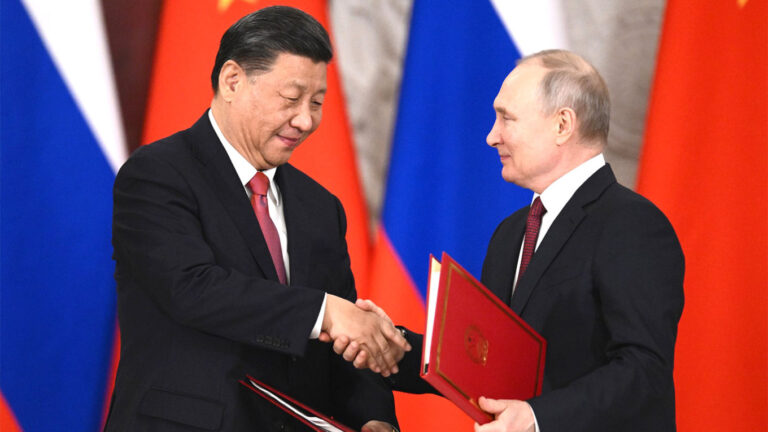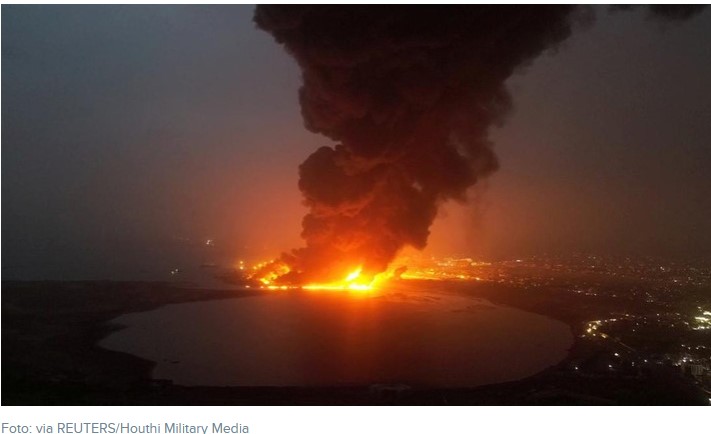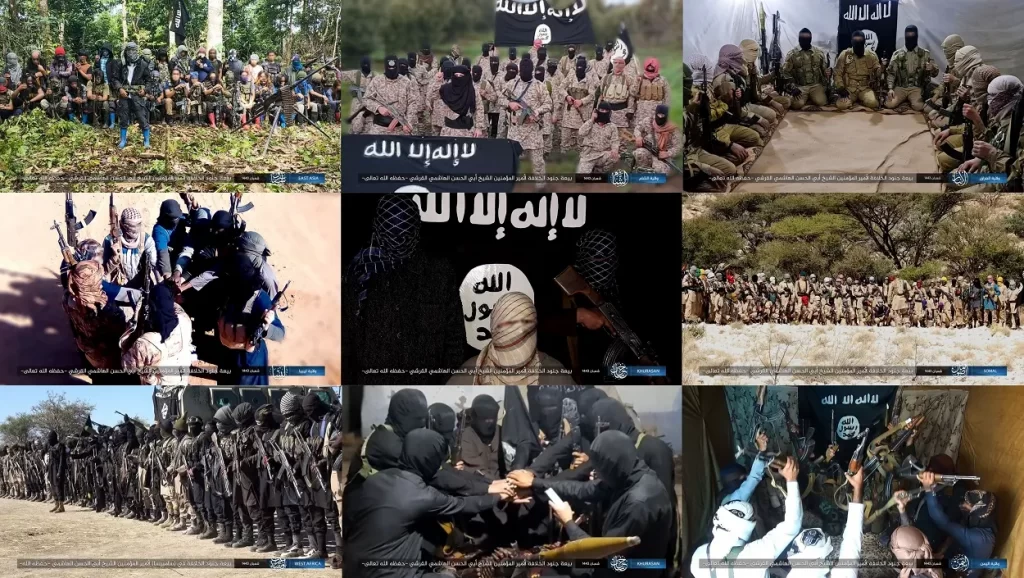
STRATEGIC ASSESSMENT. President Biden announced the withdrawal of U.S. forces from Afghanistan by September 11, 2021. While the decision has been criticized both from a messaging as well as a national security standpoint, the question of how the United States will continue to carry out its counterterrorism operations in the country and region remains unanswered. As the threat from both the Islamic State and al-Qaeda operating out of Afghanistan remains potent, the U.S. will continue to require the capacity to retain counterterrorism capabilities and partnerships with a reasonable proximity. Apart from Pakistan, Central Asia — a region that has historically served as a key hub for U.S. military logistics and intelligence capabilities in the “Global War on Terrorism” — has been flagged as a possible location for a U.S. presence. Specifically, Kazakhstan, Tajikistan, and Uzbekistan have been considered viable options. However, each country brings with it opportunities and risks, the latter of which includes national and geopolitical challenges that could impair U.S. security interests. While the region has remained low on the counterterrorism priority list for many Western states, Central Asia is an important theatre of great power competition, and therefore, counterterrorism dynamics are likely to be part and parcel of the strategic calculations of key stakeholders.

Within much of Central Asia, and particularly in Kazakhstan, Uzbekistan, Tajikistan, Kyrgyzstan, and Turkmenistan, Russia remains the dominant influence, in terms of politics, culture, and security; Russian is often the lingua franca throughout the states and the language through which they conduct international affairs. Moscow still considers the former Soviet republics as within its sphere of influence, complicating any attempts for the U.S. to depend upon permanent military and security capabilities. This is especially true in light of increased tensions between the Biden administration and Moscow, signified by the recent sanctions levied against Russia. Kazakhstan is the Central Asian country that not only remains geographically, but also ethnically and culturally, the closest to Russia. Kazakhstan has managed to balance the relationship between Russia and China — which has grown increasingly prominent in the region through the Belt and Road Initiative — but the prospect of U.S. military and intelligence capabilities in the country could complicate this balancing act. The U.S. Department of State supported Kazakhstan in repatriating and reintegrating nationals who traveled to join ISIS. However, Kazakhstan also hosts Russia’s largest military presence in the region; it is also a member of several regional organizations where Russia and China are influential leaders, including the Commonwealth of Independent States (CIS), Collective Security Treaty Organization (CSTO), and the Shanghai Cooperation Organization (SCO). In recent years, these organizations have taken an increasingly proactive role on regional security and counterterrorism, laying the foundations for a security relationship that the U.S. may find difficult to penetrate.
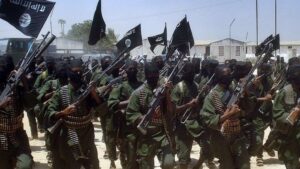
For Tajikistan, balancing Russian and Chinese influence is more complicated, with the latter increasing its engagement in the country. Tajikistan hosts two Russian military bases, and in 2019, Russia deployed S-300 anti-aircraft missile systems there. This is likely due to a combination of factors, including terrorism concerns in light of U.S. troop withdrawals and unease about China’s increasing power projection in the region. Since at least 2016, China has unofficially operated a military facility in the border region between Tajikistan and Afghanistan, and Chinese arms sales to Tajikistan increased from 1.5 percent to 18 percent in the past decade. In addition, over 25 percent of Tajikistan’s debt is owed to China.
Uzbekistan may be the most viable option for an increased United States presence, although the relationship between Washington and Tashkent has experienced ups and downs. In 2005, Uzbekistan shuttered the Karshi-Khanabad (K2) Air Base used by the United States following Washington’s criticism over the government massacre of hundreds of civilians that same year. However, the nadir in relations occurred during the rule of former strongman, Islam Karimov, who died in 2016. The new leader, Shavkat Mirziyoyev, has pledged reform and to date, has taken several steps toward fulfilling this promise, including purging the notorious leader of the Uzbek security services. Still, there are legitimate human rights and civil society concerns in Uzbekistan, which could complicate the relationship with a U.S. administration that places human rights as a core pillar of U.S. foreign policy. While Uzbekistan is not a member of the CSTO, the country held joint military exercises with Russia in late 2020. Similarly, Uzbekistan has increased its security cooperation with China through the “Cooperation-2019” framework, while also purchasing Chinese weapons and equipment, including the Wing Loong I military drone system.
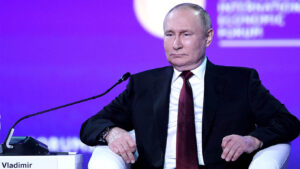

The geopolitical realities of Central Asia complicate any efforts by the United States to relocate portions of its counterterrorism operations focused on Afghanistan to a country in the region. While the United Nations and the Organization for Security and Cooperation are both active in the region, including conducting some counterterrorism activities, they are not likely to provide a platform for the kind of security cooperation the U.S. will require to effectively counter terrorism emanating from Afghanistan. Moreover, Russia and China are both unlikely to look favorably on any increased role for the U.S. or Western partners. A Sino-Russian entente should be considered more as a marriage of convenience that will flourish when united against the U.S. and allies. While China’s increasing assertiveness in Central Asia, especially in the area of security, threatens Russia’s traditional sphere of influence, any moves by the U.S. could force Beijing and Moscow closer together, which could have ripple effects in the area of great power competition (TSC).



